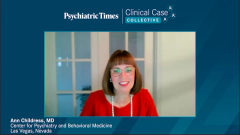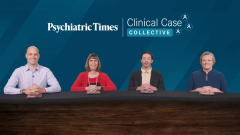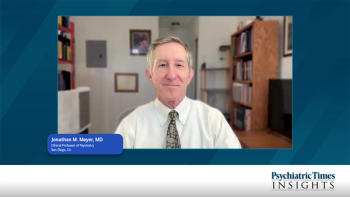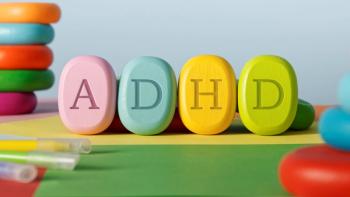
Clinicians’ Experience with ADHD Treatments
Panelists discuss how viloxazine fits into both pediatric and adult attention-deficity/hyperactivity disorder (ADHD) treatment plans, especially as a nonstimulant option for patients with complex cases or concerns about stimulant adverse effects, while emphasizing flexible dosing and caregiver involvement.
Episodes in this series

Nonstimulant ADHD medications such as viloxazine and atomoxetine provide crucial 24-hour symptom coverage for adult patients whose childhood ADHD has persisted into adulthood, significantly impacting careers, relationships, and daily functioning. These medications prove particularly valuable for complex cases involving comorbid depression and anxiety alongside ADHD, offering comprehensive symptom management that stimulants alone cannot achieve. Clinicians frequently prescribe nonstimulants as adjunctive therapy to stimulant regimens, addressing residual symptoms that emerge after years of treatment optimization.
Pediatric applications of nonstimulant ADHD medications serve families concerned about stimulant adverse effects, including growth suppression, abuse potential, and diversion risks. Parents with substance use disorder histories or households with addiction concerns often prefer nonstimulant options for their children. Dosing flexibility allows morning or bedtime administration depending on individual tolerability, with somnolence being the primary factor determining optimal timing. Health care providers emphasize once-daily dosing to improve medication adherence in ADHD populations prone to forgetting medications.
Treatment efficacy assessment relies heavily on patient-reported improvements in daily functioning, complemented by standardized ADHD rating scales used judiciously to avoid assessment fatigue. Successful practitioners educate patients about optimization goals, emphasizing comprehensive symptom management rather than minimal improvement acceptance. Digital tools such as Google Docs enable patients to track their own progress and medication responses, fostering active participation in treatment decisions. This collaborative approach typically yields superior long-term outcomes and enhanced treatment engagement across pediatric and adult ADHD populations.
Newsletter
Receive trusted psychiatric news, expert analysis, and clinical insights — subscribe today to support your practice and your patients.


















